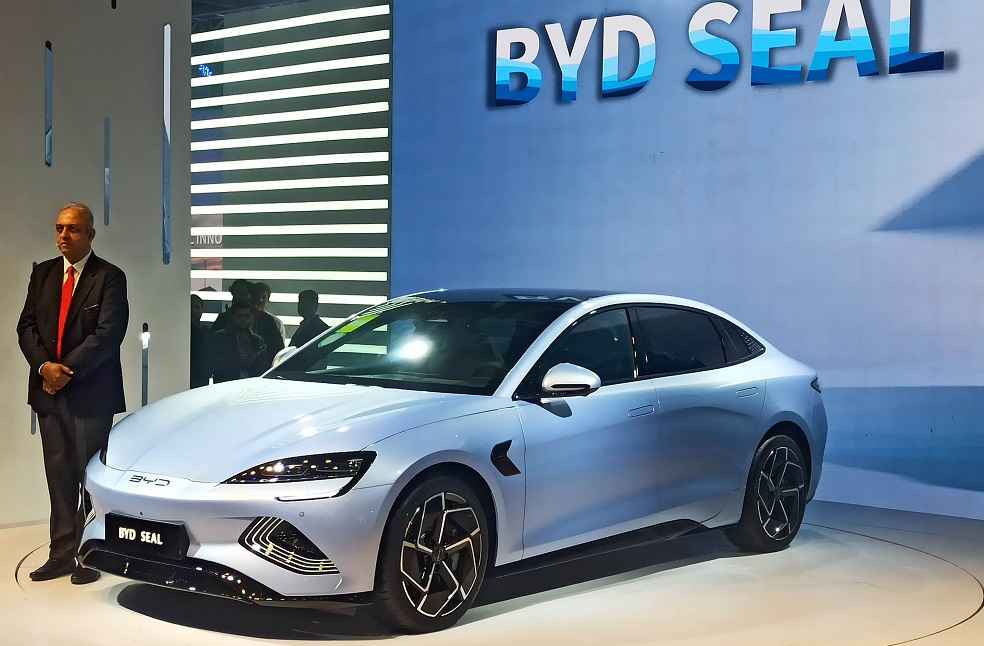China’s electric juggernaut BYD accelerates toward Tesla’s industry lead, spotlighting a fiercely competitive battle for the electric vehicle (EV) crown.
During the last quarter, BYD sold 431,603 all-electric units, a robust increase of 23% from the previous quarter. Meanwhile, Tesla, facing challenges with factory interruptions, saw a rare dip in its deliveries, totaling 435,059 units worldwide. This resulted in a minuscule difference of 3,456 vehicles between the two industry leaders.
Snow Bull Capital’s Chief Executive, Taylor Ogan, who has stakes in both companies, boldly stated, “BYD will sell more fully electric passenger vehicles than Tesla in the fourth quarter.”
When accounting for hybrids, BYD’s impressive sales numbers soar to 822,094 vehicles, emphasizing its commanding position in China’s automotive sector. BYD’s strategic move to launch upscale EV brands like Yangwang and Fang Cheng Bao, targeting the premium 1 million-yuan segment, is balanced by the introduction of competitively priced models like Seagull and Dolphin.

A significant aspect of BYD’s success is its ambitious export strategy. As Bloomberg Intelligence’s Joanne Chen highlighted, the exports represented 9% of BYD’s third-quarter sales, up from 5% in the previous quarter. This upward trend signals BYD’s intent to further its global reach with an array of new EV offerings.
While both companies show promise, they face challenges. European regulators are closely examining Chinese EV subsidies, leading to concerns among European automakers who believe these grants give Chinese manufacturers an unfair advantage.
Despite facing a shortfall of around 20,000 deliveries last quarter, Tesla is not slowing down. The company is updating its flagship Model 3 sedan and is also in the advanced stages of launching the Cybertruck. Elon Musk, Tesla’s CEO, confidently maintains that the company aims to achieve sales of 1.8 million vehicles this year. Concurrently, BYD’s trajectory suggests a potential sales figure of close to 3 million vehicles including hybrids.

To adapt to current market demands, Tesla introduced a more affordable version of its Model Y crossover SUV in the U.S. and made tweaks to the Model Y offered in China, keeping its price consistent.
As the electric vehicle market evolves, all eyes are on BYD and Tesla. With both companies showcasing strength and innovation, the race for EV leadership promises to be a captivating one.
DON’T MISS | Tesla’s Enhanced Model Y: More Power, Same Price in China’s EV Boom





